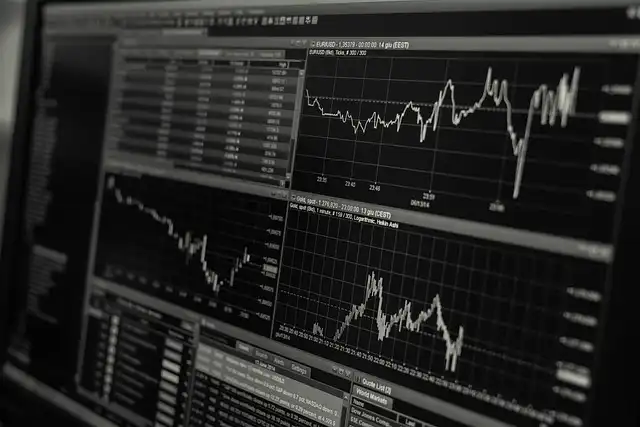US-China Trade Tensions: Tariffs, Dialogue, and Retaliation

US & China trade face tensions over tariffs. China warns against reigniting trade war and threatens retaliation. Dialogue and collaboration are crucial. Averages are US 51.1% and China 32.6%.
Tariff Standings: US vs. China
The ordinary US toll on Chinese exports currently stands at 51.1%, while the average Chinese duty on US products is 32.6%, with both sides covering all their profession, the Peterson Institute for International Economics stated.
China, at first singled out with tolls surpassing 100%, has until August 12 to reach an arrangement with the White Residence to maintain Trump from renewing additional import curbs imposed throughout tit-for-tat tariff exchanges in April and Might.
Trade Framework and Investor Uncertainty
Washington and Beijing agreed to a trade framework in June that brought back a vulnerable truce, yet with numerous details still unclear, investors and investors on both sides of the Pacific are viewing to see if it will unwind or lead to a long lasting detente.
Repeating Beijing’s sight that Trump’s tariffs amount to “bullying”, the paper included, “Practice has confirmed that just by strongly promoting right-minded positions can one really protect one’s reputable civil liberties and interests.”
Trump’s Tariff Warnings
On Monday, President Donald Trump started alerting trade partners of greatly greater US tariffs from August 1, after he delayed all but 10% of his April responsibilities on most countries to give them time to strike take care of the globe’s biggest economy.
“One verdict is generously clear: dialogue and collaboration are the only correct course,” the main People’s Daily stated in a discourse, describing the exchanges in the current round of China-US profession stress.
China warned the Trump administration on Tuesday versus reigniting profession tension by recovering tariffs on its items following month, and threatened to retaliate versus countries that strike manage the United States to cut China out of supply chains.
1 accusing social media2 additional tariffs
3 China trade
4 trade tensions
5 trade war
6 US-China trade
« US EV Tax Credit End: Impact on Sales and AutomakersTariffs Impact: US Consumers’ Changing Shopping Habits »
